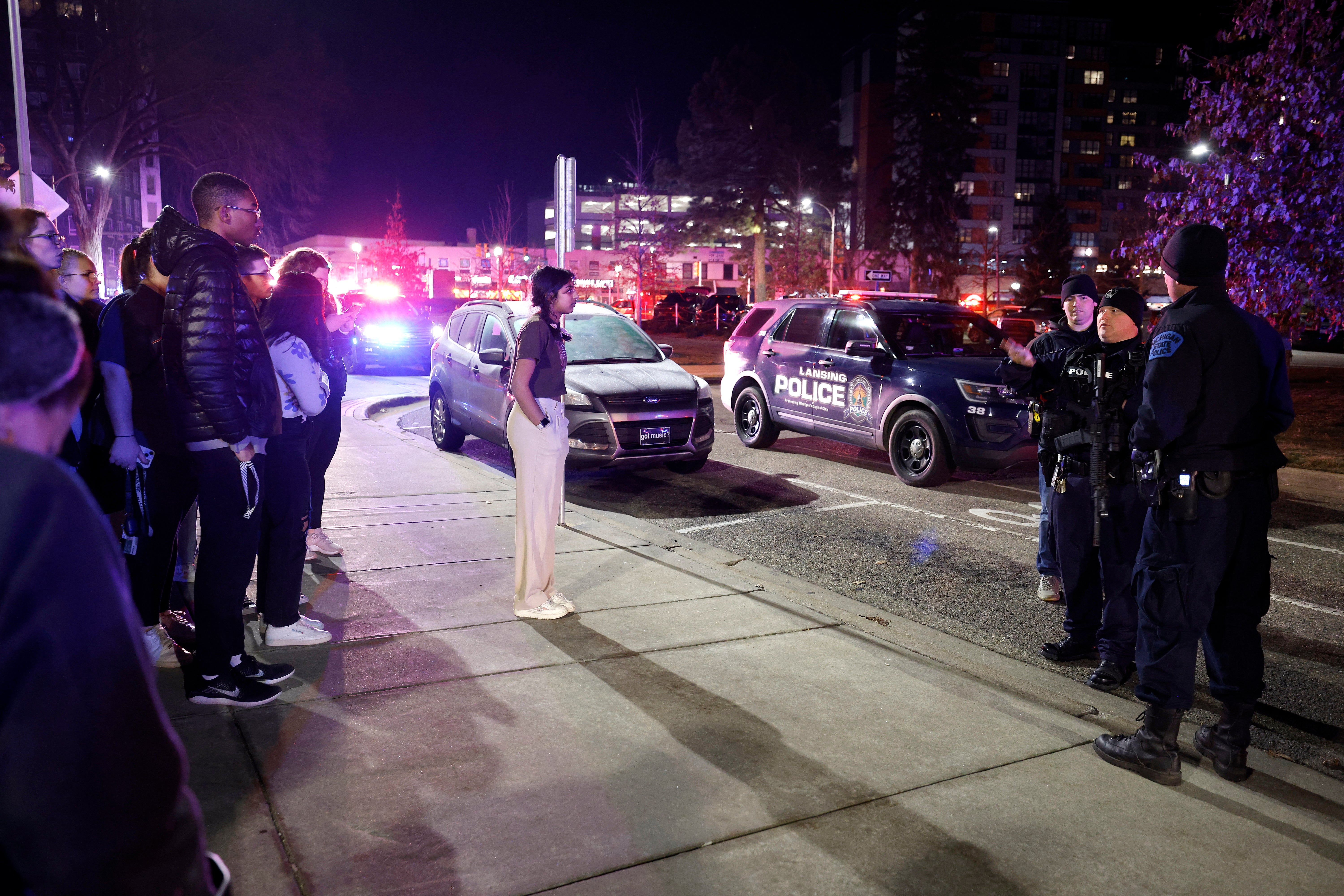MSU shooting: ‘Run, Hide, Fight’ strategy common in lockdown generation
The terror induced by an alert to “Run, Hide, Fight” is not unique to Michigan State

The terror induced by an alert to “Run, Hide, Fight” is not unique to Michigan State, where a gunman fatally shot three people as students barricaded doors and raced across campus in search of safety. The strategy, which follows best practices developed by the Department of Homeland Security, is familiar to most students in the lockdown generation.
When a shooter is nearby, it holds, people should fight only as a last resort and only if confronted by a shooter.
But when it’s deployed, the results can be traumatic.
After a shooting last fall at the University of Virginia, a campus alert to “RUN. HIDE. FIGHT.” sent students scurrying inside laboratory closets and darkened dorm rooms. Many were veterans of lockdown drills from their elementary school days.
Still, actually hiding for hours was terrifying, said Shannon Lake, a third-year student from Crozet, Virginia, who spent 12 hours sheltering, much of it in a darkened, barricaded storage closet in the business school.
“That was probably the most terrifying moment because it became more real to us,” she said in November.
At colleges and elementary schools, “Run, Hide, Fight” goes by several different names. But the theme is the same: Get out of harm’s way, hide or barricade, and if an assailant finds you, take action. Backers say it gives individuals a proactive list of options that go beyond the traditional lockdown approach.
But critics say it’s misguided to teach students, especially younger ones, to fight back. Some school safety experts say it needlessly puts students in danger, and opponents push for stronger lockdown policies and better training for school safety officials.
How to respond to a school shooter is a frightening conversation to have at any level, said Joseph Erardi, who was superintendent in Newtown, Connecticut, for four years after a gunman killed 26 people at Sandy Hook Elementary School.
“What we’ve learned over time is to provide staff and students with as many options as possible in the moment,” Erardi said in 2019, after a cluster of school and college shootings. “You never want to take that common sense element out.”
In the last few years, several companies have developed panic buttons and started using livestreaming cameras on classroom tablets or computers so police officers can see inside in real-time if a gunman enters a school.
And across the nation, 911 call centers have slowly been moving to enable text-to-911 capabilities and the ability to silently provide information to police.



Bookmark popover
Removed from bookmarks